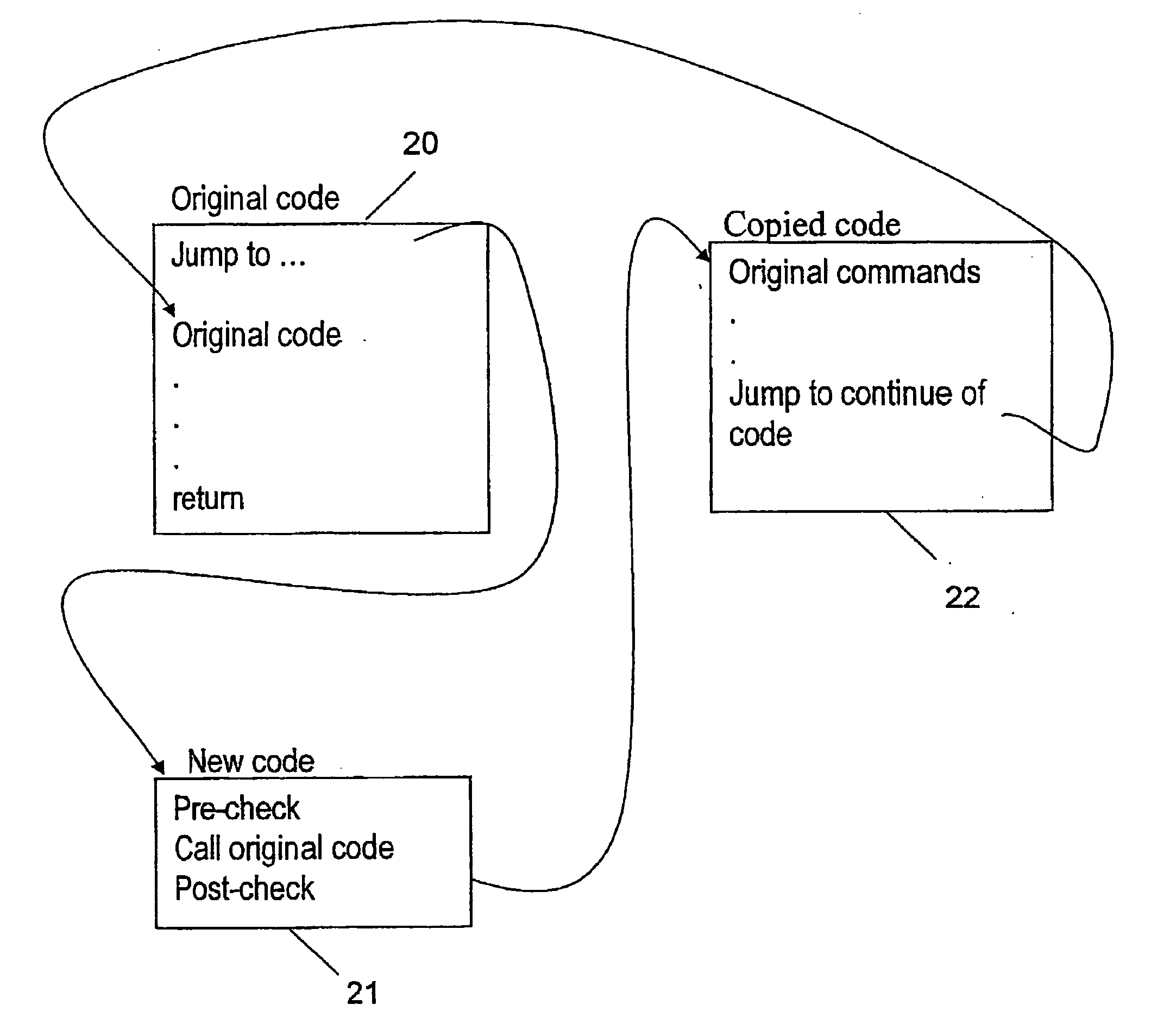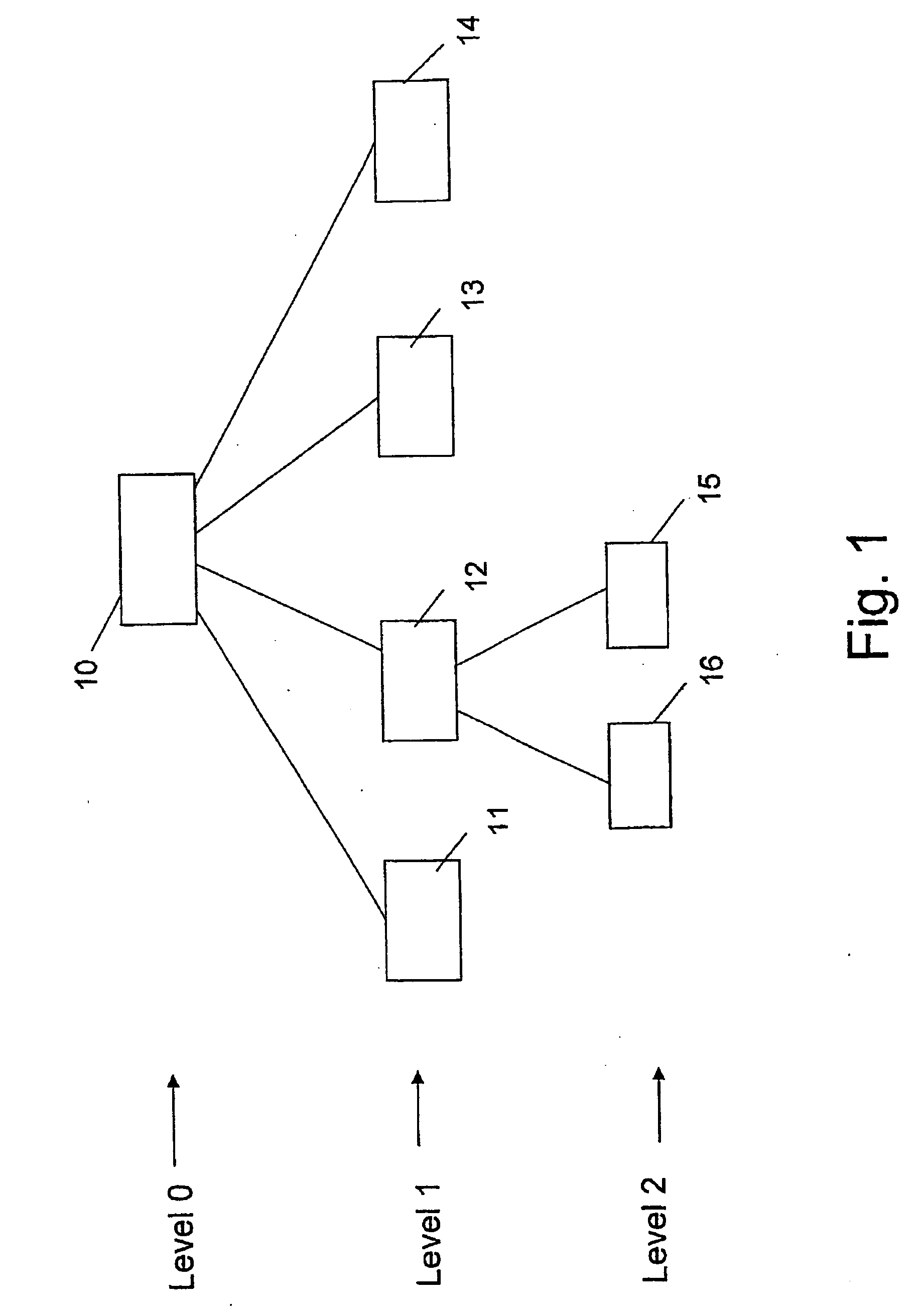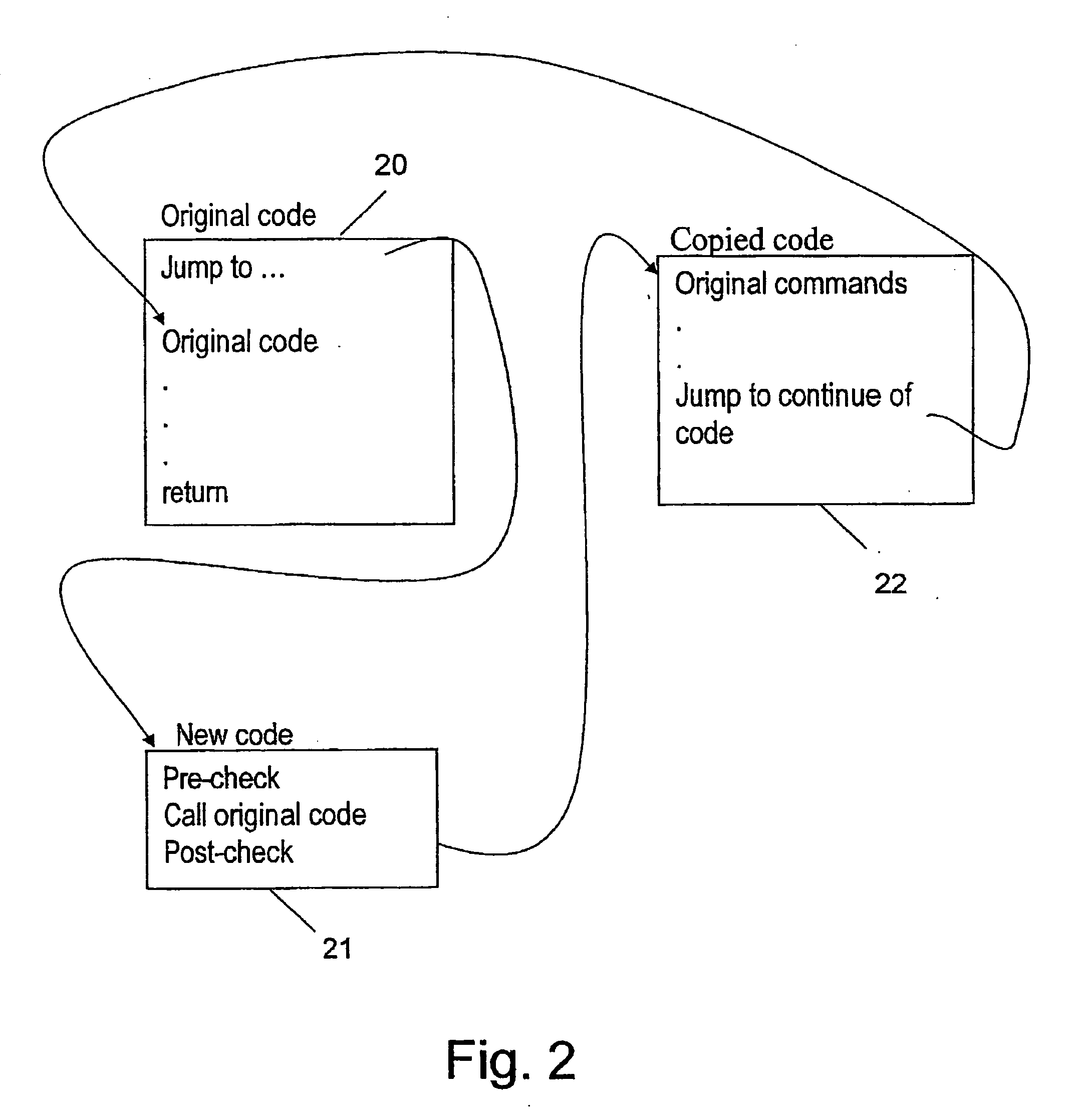Method for dynamically allocating and managing resources in a computerized system having multiple consumers
- Summary
- Abstract
- Description
- Claims
- Application Information
AI Technical Summary
Benefits of technology
Problems solved by technology
Method used
Image
Examples
Embodiment Construction
[0037] In order to prevent consumers from exceeding the allocated resources in a computerized system, there is a need to limit the resources, such as the memory, number of processes and the CPU usage available to each consumer from such a system.
[0038] The embodiments described hereinafter will be more apparent after clarifying the following terms: [0039] Program—An executable file that the kernel can read to memory and execute. [0040] Process—An executing instance of a program. Every process in Unix is guaranteed to have a unique numeric identifier called Process ID (PID).
[0041] A thread is a single sequential flow of control within a process. A process can thus have multiple concurrently executing threads. In Linux, each thread has its own PID.
[0042] In Linux OS, the function that creates processes is do_fork. The functions that handle process termination are the exit family. A simple implementation could be to keep a counter per user that the system increases / decreases accordi...
PUM
 Login to View More
Login to View More Abstract
Description
Claims
Application Information
 Login to View More
Login to View More - R&D
- Intellectual Property
- Life Sciences
- Materials
- Tech Scout
- Unparalleled Data Quality
- Higher Quality Content
- 60% Fewer Hallucinations
Browse by: Latest US Patents, China's latest patents, Technical Efficacy Thesaurus, Application Domain, Technology Topic, Popular Technical Reports.
© 2025 PatSnap. All rights reserved.Legal|Privacy policy|Modern Slavery Act Transparency Statement|Sitemap|About US| Contact US: help@patsnap.com



